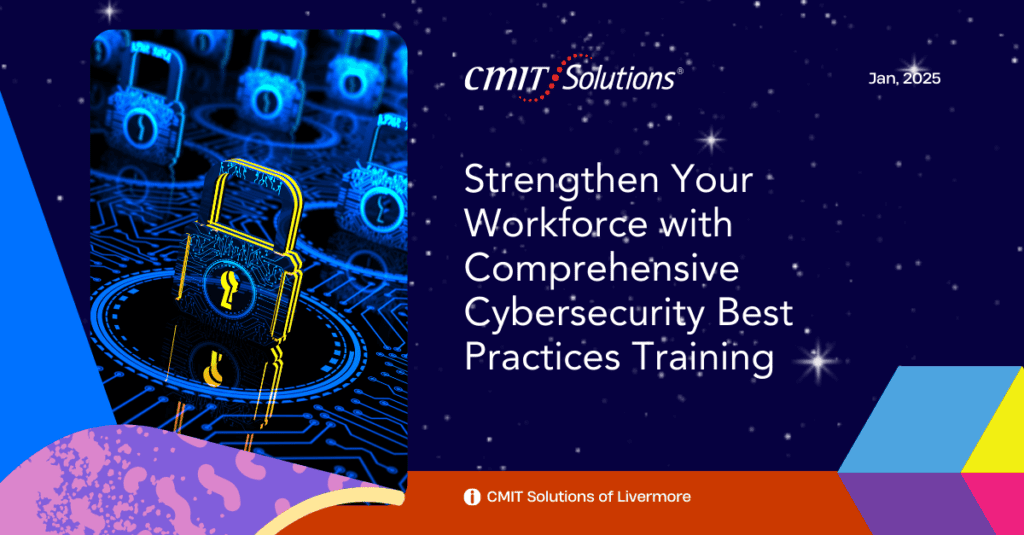Generative AI in Cybersecurity: A Proactive Defense
Generative AI in cybersecurity marks a profound shift from reactive to predictive defense. Unlike traditional security that relies on known signatures, generative AI systems can create new content or responses, functioning as an intelligent security analyst to predict, simulate, and respond to threats they haven’t seen before. This capability is critical because cyber threats constantly evolve, requiring AI-enhanced cybersecurity strategies that adapt in real-time.
Generative AI Cybersecurity Use Cases
How generative AI helps cybersecurity is demonstrated across several practical applications that strengthen business defenses and offer competitive advantages:
Generative AI Threats and Risks
While beneficial for defense, the same technology enables generative AI abuse in cyberattacks. Businesses must understand the generative AI security risks:
- Advanced Phishing: Criminals use generative AI threats in cybersecurity to create highly convincing, personalized phishing attacks and deepfakes that impersonate executives.
- AI-Generated Malware: Malicious actors leverage AI to create new malware variants faster than traditional detection systems can adapt, automate attack campaigns, and develop sophisticated, adaptive strategies.
- Data Leakage and Shadow AI: Employees using unauthorized AI tools (“Shadow AI”) can inadvertently input confidential data, creating exposure points and compliance violations.
Implementation and Cost-Benefit Analysis
Widespread generative AI in cybersecurity adoption is making sophisticated security tools more accessible to smaller organizations. This investment must be weighed against the severe financial, regulatory, and reputational costs of a major cyberattack.
- Cost vs. Risk: Initial implementation costs typically range from $15,000 to $30,000 annually for small businesses. This investment often yields a positive return through avoided breaches, as a single incident can cost a small business hundreds of thousands of dollars.
- The Hybrid Approach: Successful implementation requires a balanced strategy. Cybersecurity AI tools should complement, not replace, human expertise. Generative AI excels at monitoring and pattern recognition, allowing human analysts to focus on strategic decisions and complex problem-solving.
- Compliance: AI tools help achieve and maintain compliance by automating monitoring and audit trails, crucial given the evolving regulatory landscape.
Partnering with an experienced provider is key to successful adoption, ensuring the benefits of generative AI are harnessed securely without compromising existing organizational security or compliance.
Don’t wait until evolving cyber threats put your business at risk. Generative AI is reshaping the way organizations defend themselves—but the key is implementing it correctly. At CMIT Solutions, we combine cutting-edge AI-powered cybersecurity tools with expert human support to provide a proactive, reliable defense.
Contact us today to schedule a free cybersecurity consultation and discover how generative AI can strengthen your business’s protection.
FAQs
Q1. How does generative AI improve cybersecurity compared to traditional methods?
Generative AI doesn’t rely solely on known threat signatures. Instead, it learns patterns, predicts new attack types, and adapts in real-time, providing stronger defense against emerging cyber threats.
Q2. What are common use cases of generative AI in cybersecurity?
It’s used for automated threat detection, phishing prevention, vulnerability assessments, compliance monitoring, and fraud or malware detection.
Q3. Are there risks of using generative AI in cybersecurity?
Yes. While it strengthens defense, hackers also use generative AI to create sophisticated phishing campaigns, AI-generated malware, and deepfakes. Businesses must combine AI with human oversight to avoid misuse.
Q4. Can small businesses afford generative AI security tools?
Yes. Many AI-powered security solutions are now cloud-based and subscription-driven, making them affordable for small and mid-sized businesses compared to the cost of a single cyberattack.
Q5. Will generative AI replace human cybersecurity professionals?
No. Generative AI enhances cybersecurity by handling repetitive tasks and large-scale monitoring, but human experts are still needed for strategy, decision-making, and handling complex incidents.
Q6. Why choose CMIT Solutions for AI-powered cybersecurity?
CMIT Solutions combines advanced generative AI technology with 24/7 monitoring, compliance expertise, and local IT support. Our proactive approach ensures your business stays secure while you focus on growth.



